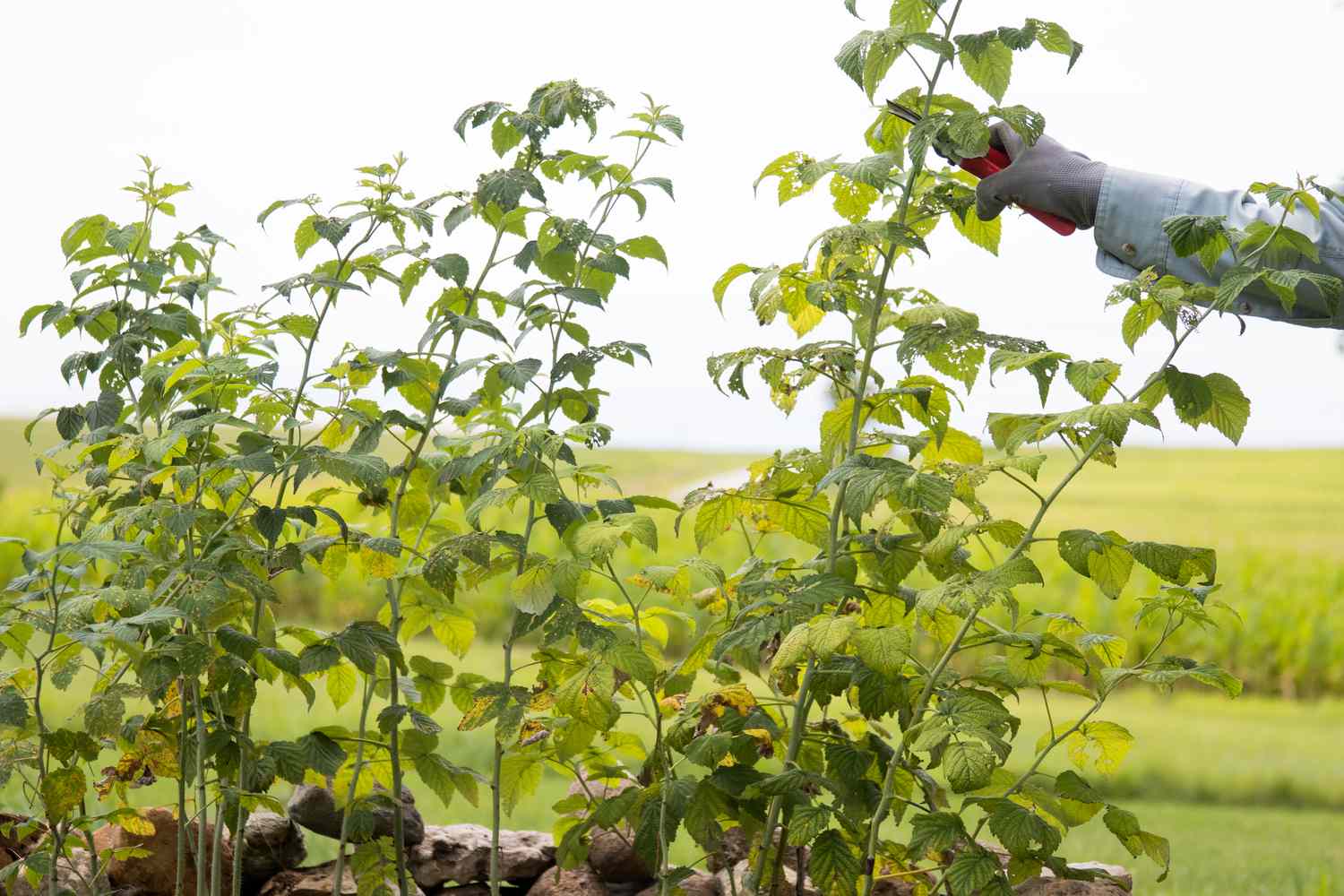
Sustainable pruning in modern agriculture has become a fundamental practice for those seeking to balance the productivity of their crops with the preservation of the environment.
This method not only improves the health and efficiency of the plants, but also greatly contributes to the sustainability of the agricultural ecosystem. Pruning, a technique that involves the selective removal of parts of a plant, has various objectives and methods that have been adapted to minimize environmental impact and optimize available resources.
Principles and objectives of sustainable pruning
One of the main principles of sustainable pruning is minimising environmental impact. Instead of using heavy machinery that can compact the soil and increase the emission of polluting gases, the use of efficient manual and electric tools is promoted.
These tools not only reduce the carbon footprint, but also allow for more precise and careful control of the pruning process. In addition, conserving biodiversity is crucial; this is achieved by maintaining native trees and shrubs in the surroundings of cultivated fields. These natural elements serve as habitat for various species of beneficial fauna and microorganisms, helping to maintain an ecological balance.
Resource optimisation is another key objective. Pruning waste is not simply thrown away; instead, it is recycled as compost or mulch. This approach not only improves soil structure and fertility, but also reduces the need for chemical fertilisers, which in turn decreases water and soil pollution.
It is also essential to plan pruning at times of the year that coincide with periods of lower pest and disease activity, to minimize the use of pesticides and other chemical products.
Sustainable pruning techniques
Formative pruning is a technique used in the early stages of plant growth. Its aim is to shape the plant to ensure a strong and well-distributed structure. This is achieved by selecting and removing secondary and tertiary branches, focusing on keeping the main branches healthy and well-oriented. A well-formed structure not only makes harvesting and handling crops easier, but also improves the plant’s resistance to adverse weather conditions.
On the other hand, maintenance pruning focuses on maintaining the health and productivity of the plant throughout its life cycle. This technique involves removing dead, diseased or damaged branches, which prevents the spread of diseases and improves ventilation and light exposure. Better air circulation and increased sunlight penetration are essential to prevent problems such as mold and other fungal diseases.
Production pruning is particularly important to maximize the quantity and quality of fruits and flowers. Adjusting the number of fruiting shoots and branches reduces competition for nutrients, allowing for better fruit development. This technique is especially relevant in crops such as vineyards and fruit orchards, where the quality of the final product is crucial for commercial success.
Finally, rejuvenation pruning is applied to old or under-productive plants. This method involves drastically reducing the plant to stimulate the growth of new, vigorous shoots. Although it may seem like an extreme measure, it is essential to revitalize aging crops and ensure their longevity and productivity in the long term.
Benefits of sustainable pruning
Implementing sustainable pruning techniques offers numerous benefits. Firstly, it significantly improves plant health by removing diseased parts and improving air and light circulation. A healthier plant is less susceptible to diseases and pests, reducing the need for chemical treatments and contributing to a cleaner and safer growing environment.
In addition, sustainable pruning increases productivity by improving the quality and quantity of fruits and flowers. By optimizing plant structure and physiology, a more efficient distribution of nutrients is achieved, resulting in more abundant and better quality production. This increase in productivity not only benefits the farmer, but can also have a positive impact on the local economy by increasing the supply of high-quality agricultural products.
From an environmental perspective, sustainable pruning conserves the environment by reducing the use of chemicals and soil erosion. By recycling pruning waste as compost or mulch, the soil structure is improved and its capacity to retain water and nutrients is increased. This not only reduces the need for additional irrigation and fertilization, but also helps prevent soil erosion and degradation, thus protecting natural resources in the long term.
Integration of advanced technologies
Sustainable pruning in modern agriculture also benefits from the integration of advanced technologies. The use of sensors and drones to monitor crop health and determine areas in need of pruning is one of the most significant innovations in this field. These devices allow for accurate, real-time assessment of crop conditions, facilitating informed and timely decision-making.
Additionally, the implementation of data-driven crop management programs optimizes the timing and intensity of pruning. These programs use algorithms and predictive models to analyze large amounts of agricultural data, allowing farmers to adjust their pruning practices more effectively. Satellite imaging technology also plays a crucial role in providing a bird’s-eye view of cultivated fields, helping to identify patterns and trends that might not be visible at ground level.
Challenges and considerations
Despite the numerous benefits, sustainable pruning also faces challenges and requires careful consideration. One of the main challenges is the need for in-depth knowledge of the plants and the ecosystem in which they are grown. Each plant species has specific requirements and distinct responses to pruning, so it is essential that farmers are well informed and trained in the appropriate techniques.

Furthermore, adapting to new technologies and ecological methods can require a significant initial investment. While these investments often result in savings and benefits in the long term, initial costs can be a barrier for some farmers, especially those with limited resources. It is critical that support programs and government policies provide the necessary resources and training to facilitate this transition.
Another aspect to consider is the impact of climate change on pruning practices. Changing climatic conditions can affect the efficiency and results of pruning techniques, requiring continuous and flexible adaptation by farmers. Research and development in this field are crucial to develop pruning strategies that can respond effectively to new climatic and environmental conditions.
In this context, the future of sustainable pruning in modern agriculture promises to be exciting and full of opportunities. With the continued advancement of technology and increased awareness of the importance of sustainability, pruning practices are expected to evolve and improve even further.
Collaboration between farmers, researchers and technologists will be key to developing and disseminating new techniques and tools that make sustainable pruning more accessible and effective for everyone.

Grupo Ruiz is a business conglomerate based in the province of Tucumán, Argentina. Founded in 1994 with the creation of Paramérica SA, in a decade it has positioned itself as a world leader in the export of black beans and lemons.
Source: https://reporteasia.com/economia/desarrollo-sostenible/2024/07/22/poda-sostenible-agricultura-moderna/

